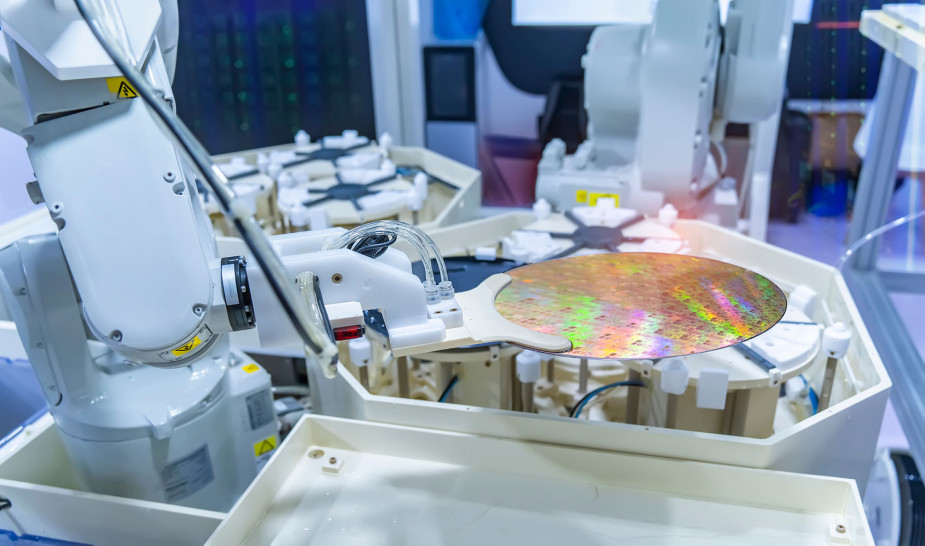New process for the efficient and environmentally friendly removal of germanium from industrial wastewater

In modern semiconductor production, significant amounts of process wastewater accumulate, the treatment of which often poses a challenge for the industrial companies concerned due to its special composition. In particular, the production of germanium-containing components such as wafers or chips can result in heavily polluted process wastewater due to the etching process with hydrogen peroxide (H2O2), which, in addition to H2O2, also contains high concentrations of dissolved germanium. Although germanium and its compounds are generally considered to be of low toxicity, they should not be released into the environment. Therefore, an efficient and environmentally friendly removal of both the germanium and the H2O2 from the wastewater is essential.
Adsorption of germanium with GEH
A patent published by Robert Bosch GmbH (no. DE102021212510A1) presents an innovative process for wastewater treatment and a corresponding system for removing germanium from aqueous solutions. The core element is an adsorption filter with GEH® (granular iron hydroxide).
It has been shown that iron hydroxide has a very high adsorption capacity for germanium when it is present as tetravalent ortho-germanate (GeO44-).
Effective reduction of pollutants
When passing through the adsorption filter, the germanate is selectively bound and very efficiently removed from the contaminated wastewater. In practice, germanium concentrations of 130 mg/L have been reduced to below 0.25 mg/L. This ensures compliance with wastewater limits.
Catalytic decomposition of hydrogen peroxide
Another special advantage of GEH® is its ability to simultaneously decompose any hydrogen peroxide catalytically during adsorption. This produces not only water but also elemental oxygen, which can be easily removed from the reaction system by venting.
Advantages over conventional processes
In contrast to conventional polymeric ion exchange resins, which are usually used in process water treatment, granulated iron hydroxide is highly stable in the presence of hydrogen peroxide and can therefore be used over longer periods of time.
Process design and operation
The treatment process is carried out in several adsorber vessels connected in series, which ensures a higher level of operational reliability and continuity. For process waters with higher H2O2 concentrations, the operation is carried out in the upflow through the first filter, while for lower concentrations the vessels are typically operated in the downflow.
Individual GEH plant consulting supports the optimal design and adaptation of the filter systems to the respective wastewater composition.
Sustainable use of resources through germanium recovery
When the iron hydroxide granulate has reached its loading capacity and needs to be replaced with fresh material, the adsorbed germanium can be recovered and reused as a raw material. This can be done, for example, by washing the saturated granulate with a basic solution such as caustic soda. Since germanium is a rather rare element and the resources are of geopolitical importance, the recovery of this semi-metal is therefore not only environmentally friendly but also of economic interest.